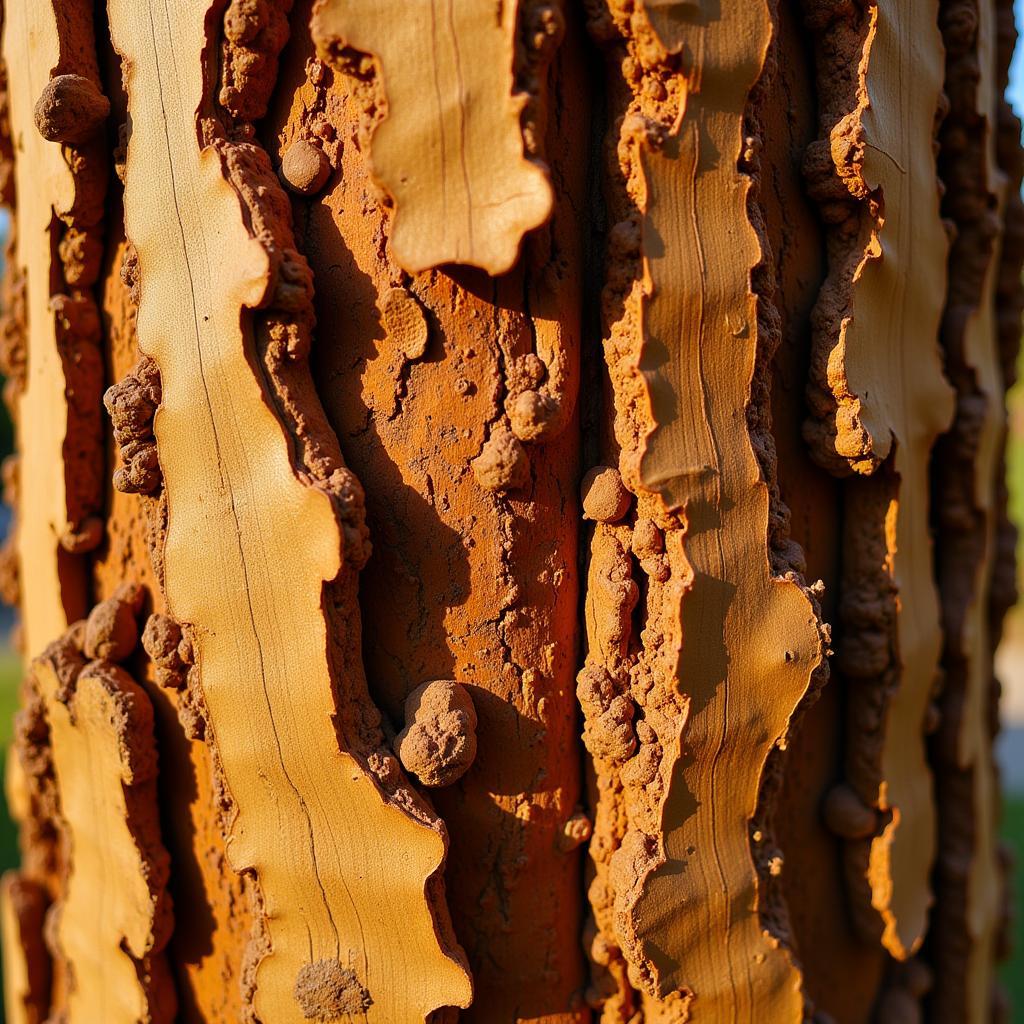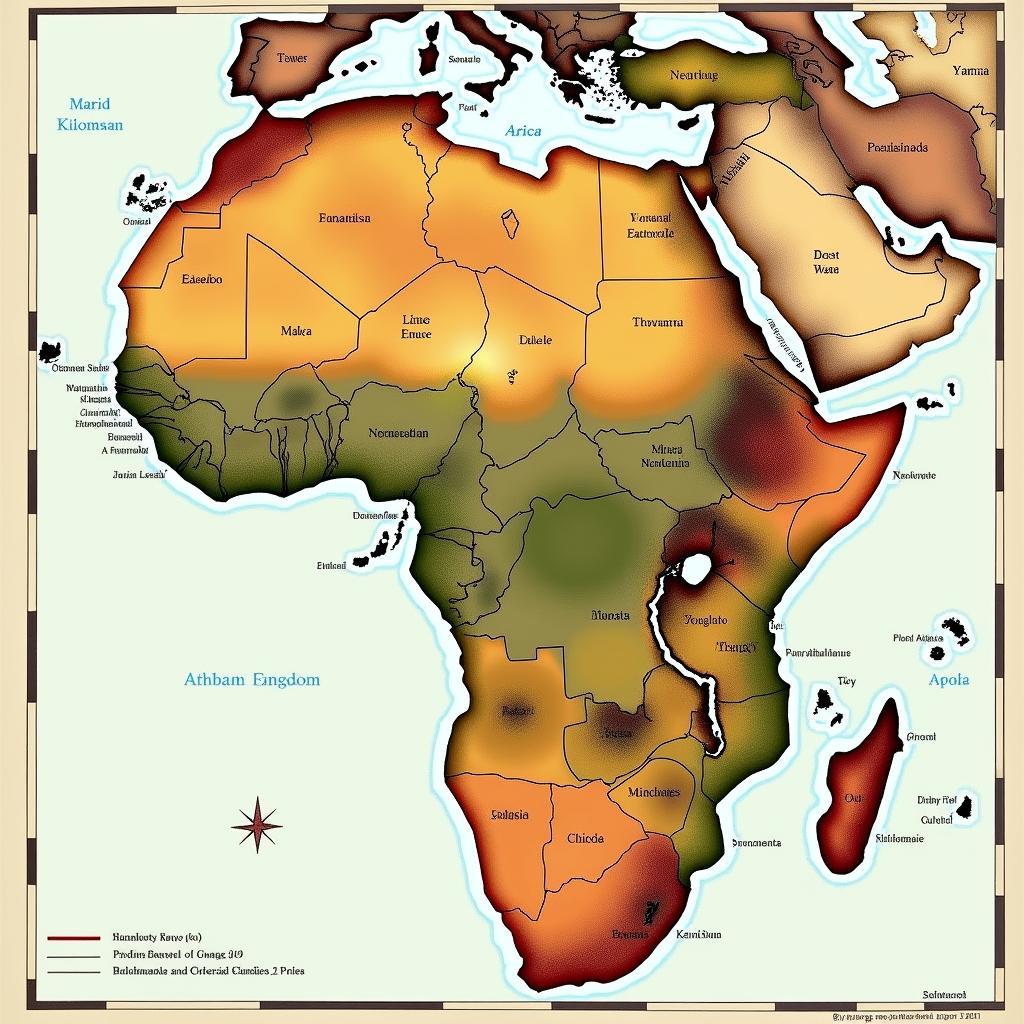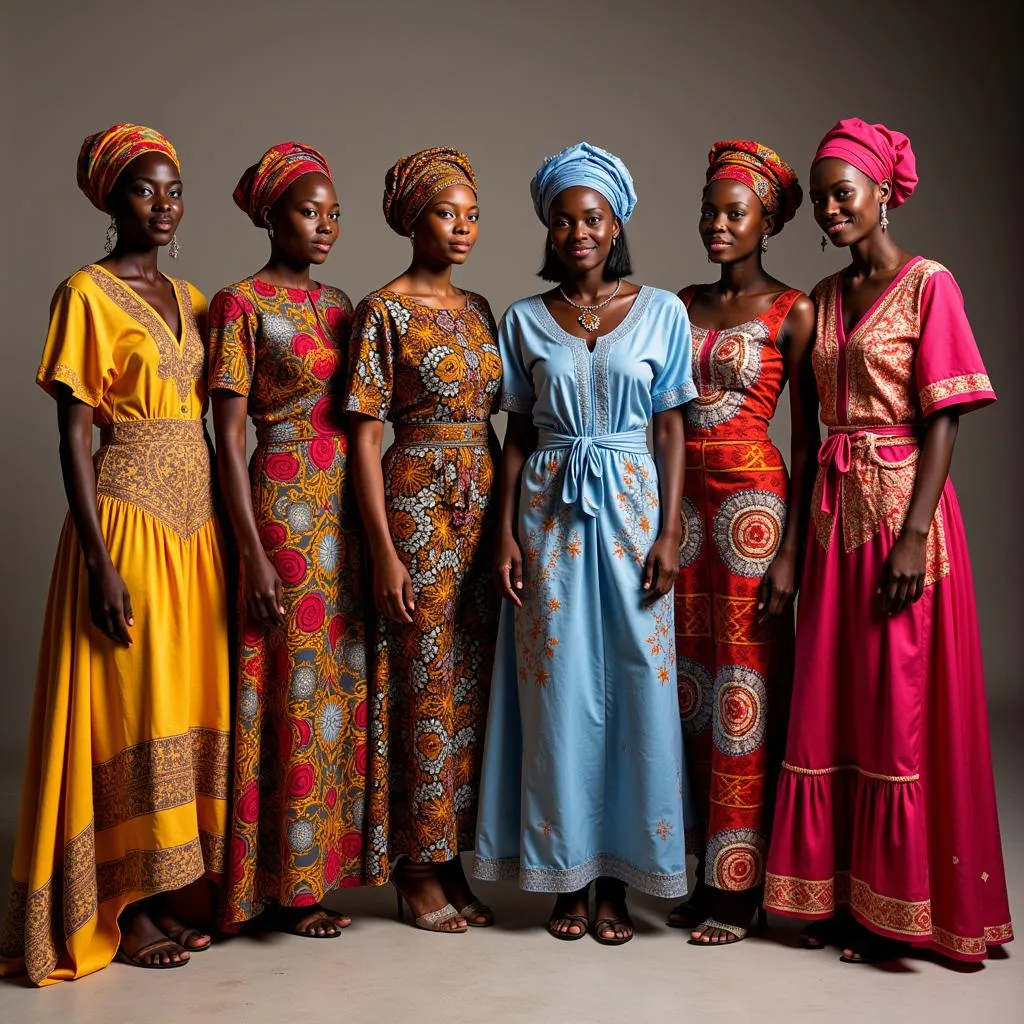Celebrating African American Women’s Beauty: A Journey Through History and Culture
African American women’s beauty is a captivating tapestry woven from rich history, diverse cultural influences, and unwavering resilience. From the ancient kingdoms of Africa to the modern runways of the world, Black women have redefined beauty standards and embraced their unique features with pride. This article explores the multifaceted nature of African American women’s beauty, delving into its historical context, cultural significance, and the evolving perceptions that shape its contemporary expression.
The Historical Roots of African American Beauty
Understanding African American women’s beauty requires acknowledging its deep historical roots. In pre-colonial Africa, diverse hairstyles, adornments, and body art reflected cultural identity and social status within various communities. Braiding, for instance, was not just a hairstyle; it was a form of communication, a symbol of community, and a reflection of intricate artistry. Scarification, often seen as a mark of beauty, signified rites of passage and tribal affiliation. These traditions traveled with enslaved Africans to the Americas, where they were often suppressed or reinterpreted under the harsh realities of slavery. Despite the brutal attempts to erase their cultural heritage, African American women found ways to maintain and adapt their beauty practices, creating a unique blend of African traditions and new influences.
The era of Jim Crow brought with it a new set of challenges. European beauty standards dominated, often marginalizing the natural features of African American women. Skin lightening creams and hair straightening became prevalent, reflecting the pressure to conform to Eurocentric ideals. However, even amidst these struggles, Black women continued to celebrate their beauty in subtle yet powerful ways. The vibrant colors of their clothing, the intricate patterns of their headwraps, and the rhythmic sway of their movements became silent acts of defiance and expressions of self-love.
 African American Women's Braids in Historical Context
African American Women's Braids in Historical Context
Embracing Natural Hair: A Revolution of Self-Love
The mid-20th century witnessed a significant shift in the perception of African American beauty. The Civil Rights Movement fueled a renewed sense of pride in Black identity and a rejection of Eurocentric beauty standards. The natural hair movement gained momentum, with women embracing their afros, braids, locs, and other natural hairstyles. This movement was not just about hair; it was a powerful statement of self-acceptance and a celebration of Black beauty in its natural form. This revolution continues to this day, with natural hair becoming increasingly mainstream and inspiring a new generation of Black women to embrace their natural textures.
Beyond the Surface: Inner Beauty and Resilience
African American women’s beauty extends far beyond physical attributes. It is deeply intertwined with inner strength, resilience, and the ability to overcome adversity. From the struggles of slavery and segregation to the ongoing fight for equality, Black women have demonstrated remarkable strength and perseverance. This inner beauty shines through in their smiles, their laughter, and their unwavering determination to achieve their dreams. It’s a beauty that transcends the superficial and speaks to the power of the human spirit.
 African American Women Celebrating Natural Hair
African American Women Celebrating Natural Hair
Cultural Influences and the Evolution of Beauty Standards
African American beauty is constantly evolving, influenced by a dynamic interplay of cultural forces. Hip-hop culture, the arts, and social media have played significant roles in shaping contemporary beauty ideals. From the bold makeup looks of hip-hop artists to the diverse representations of Black women in film and television, these platforms have provided new avenues for self-expression and challenged traditional notions of beauty. The rise of social media has also created a space for Black women to connect, share their beauty routines, and celebrate their unique features.
The Future of African American Beauty: Inclusivity and Empowerment
The future of African American beauty is bright, driven by a powerful movement toward inclusivity and empowerment. The beauty industry is slowly but surely becoming more diverse, with brands expanding their product lines to cater to a wider range of skin tones and hair textures. This increased representation is crucial, not only for providing access to suitable products but also for validating the beauty of all Black women.
 Diverse Representation of African American Women's Beauty
Diverse Representation of African American Women's Beauty
Conclusion
African American women’s beauty is a testament to the enduring power of resilience, creativity, and self-love. From its historical roots to its contemporary expressions, it continues to inspire and captivate. As we continue to celebrate the diverse beauty of Black women, we must also acknowledge the ongoing fight for equality and representation. By embracing and uplifting all forms of Black beauty, we empower future generations to embrace their unique identities and rewrite the narrative of what it means to be beautiful.
FAQ
- What are some traditional African hairstyles that influenced African American hairstyles? Braids, cornrows, twists, and locs are some examples.
- What is the significance of the natural hair movement? It represents a rejection of Eurocentric beauty standards and an embrace of natural Black hair textures.
- How has social media impacted the perception of African American beauty? It has provided a platform for Black women to share their beauty routines, connect with others, and challenge traditional beauty standards.
- Why is inclusivity important in the beauty industry? Inclusivity ensures that all individuals, regardless of their background or features, feel represented and valued.
- How can we continue to celebrate and support African American beauty? By promoting positive representation in media, supporting Black-owned beauty businesses, and challenging discriminatory beauty standards.
- What are some key historical figures who championed African American beauty? Madam C.J. Walker, an entrepreneur and philanthropist, is a notable example.
- How has African American beauty influenced mainstream beauty trends? Many hairstyles and makeup techniques originating in the Black community have become widely adopted.
Common Questions and Concerns
- Colorism within the African American community: This issue highlights the need for continued conversations about celebrating all shades of Black beauty.
- Representation in media: The lack of diverse representation in media reinforces harmful stereotypes and underscores the importance of advocating for more inclusive portrayals of Black women.
- Cultural appropriation: The adoption of Black hairstyles and beauty practices by non-Black individuals without acknowledging their cultural significance raises concerns about appropriation and disrespect.
Further Exploration
For further information, explore our articles on:
- The History of Black Hair Care
- The Impact of Social Media on Beauty Standards
- Celebrating Diversity in Beauty
If you need further assistance, contact us at: Phone Number: +255768904061, Email: [email protected] or visit our office located at Mbarali DC Mawindi, Kangaga, Tanzania. We have a 24/7 customer service team.



